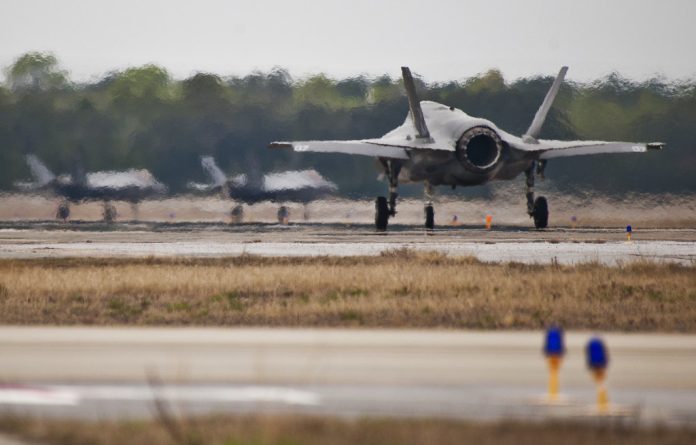
Vertical Take-Off and Landing (VTOL) aircraft have long captivated military strategists and aviation enthusiasts alike, offering the promise of combining a helicopter’s agility with the sheer power and speed of a jet fighter.
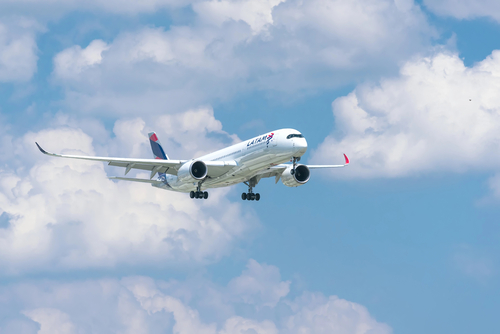
Despite the appeal, the reality of operational VTOL combat aircraft has been fraught with technological hurdles and limited by practical concerns. As military aficionados well know, the road to successful VTOL fighters has been rocky and resplendent with both achievements and cautionary tales.

The first and most famous operational VTOL aircraft was the British Aerospace Sea Harrier, described as a “technological marvel” that proved its mettle during the Falklands War, downing 23 Argentine aircraft for no air-to-air losses.
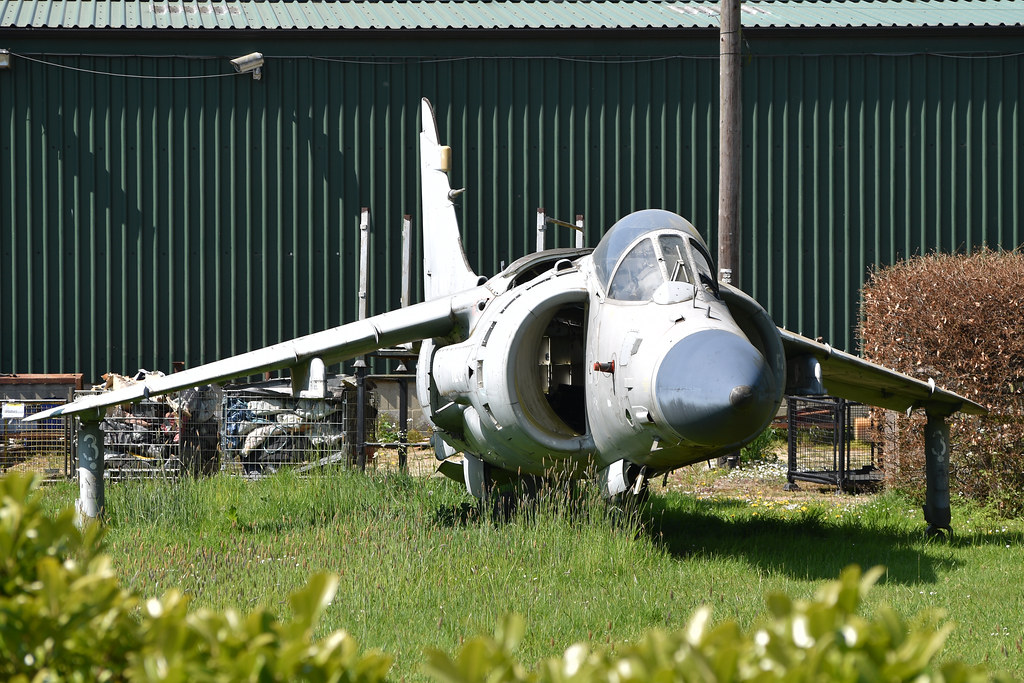
The Sea Harrier’s unique hovering capabilities and its role as the cornerstone of U.K. fleet defense firmly secured its place in aviation history.

In contrast, the Soviet Union’s VTOL attempts yielded the Yakovlev Yak-38, which startled NATO but ultimately fell short due to a lack of sophisticated radar, fire control, and weapon capacity.

Its technological deficiencies and limited range prevented the Yak-38 from becoming a serious threat to Western Harrier variants. The Soviet’s successor to the Yak-38, the Yak-141, displayed potential with its supersonic capabilities but succumbed to the end of the Cold War and subsequent funding cuts.

Meanwhile, the McDonnell Douglas AV-8B Harrier II represents America’s iteration of the Harrier, debuting extensive redesigns and improvements over the British original.
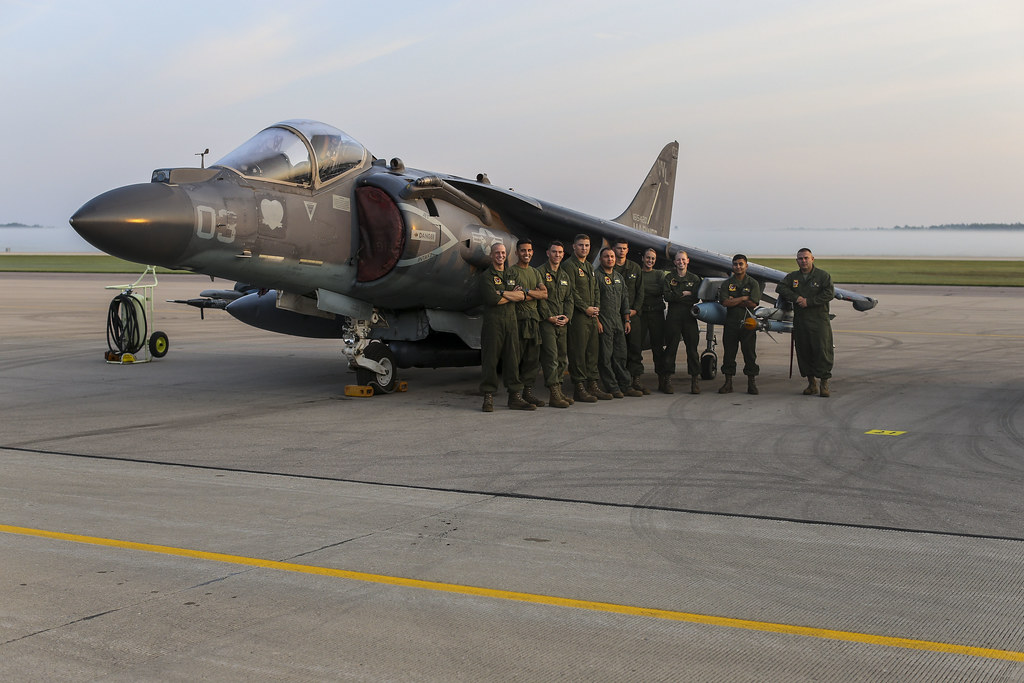
Despite its high accident rate and operational challenges, it has seen considerable combat use, including action in the Gulf Wars and NATO operations.

The apex of current VTOL innovation is the Lockheed Martin F35B/C Lightning II, a family of fifth-generation fighters with STOVL (Short Take-Off and Vertical Landing) capabilities.
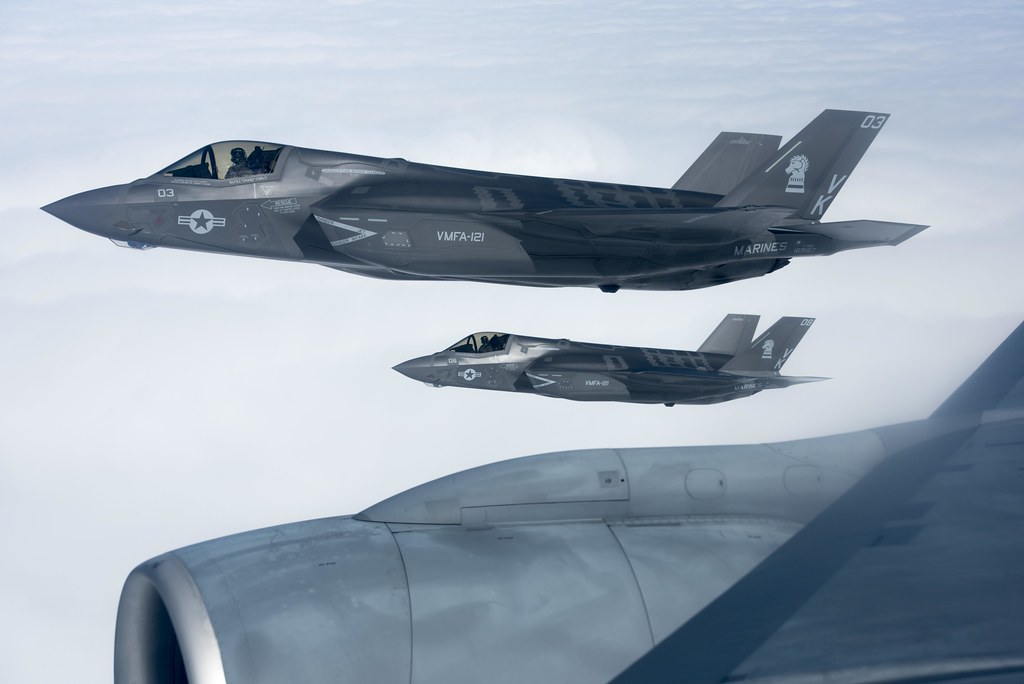
With advanced stealth, exceptional maneuverability, and a multirole design, the F35B/C variants epitomize the technological strides made in this field. The F35B, in particular, is favored by the U.S. Marine Corps for its ability to operate from amphibious assault ships.

Naval discussions suggest that the requirement for VTOL or STOVL aircraft persists due to constraints like the lack of nuclear carriers or the need for operations from smaller vessels.
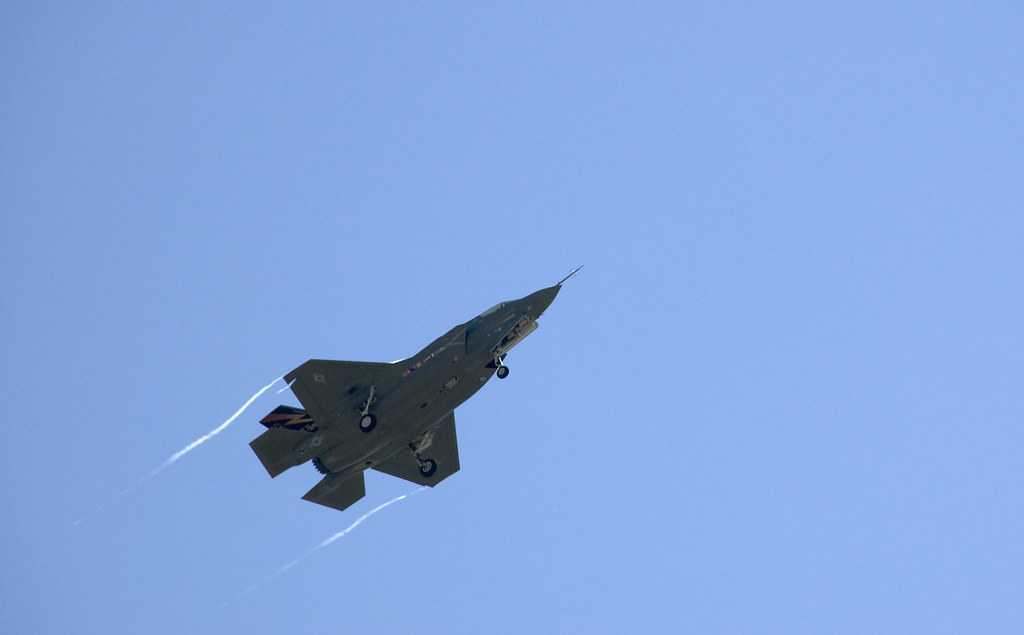
While some argue that V/STOL fighters are no longer in demand, the counterpoint remains that platforms like the F35B offer unparalleled flexibility and adaptability in various combat scenarios, particularly for nations without the luxury of large airbases or carriers.

Critics of VTOL technologies highlight the energy inefficiencies of vertical takeoffs and landings, emphasizing the weight penalties and dangers such as exhaust reingestion. Despite these reservations, the marvel of VTOL remains, even if its practicality is questioned. The F35B’s use of SRVL (Shipborne Rolling Vertical Landing) is a testament to the ongoing attempts to blend the benefits of STOL with the adaptability of VTOL.

As discussions about naval alternatives continue, there’s a sense of nostalgia for innovative projects like the XF5U “Flying Flapjack.” Concepts like these remind us of the untapped potential that could have shaped a different era of naval aviation. Perhaps the fascination with VTOL and its relatives lies not just in their operational advantages but also in their representation of human ingenuity’s boundless aspirations.
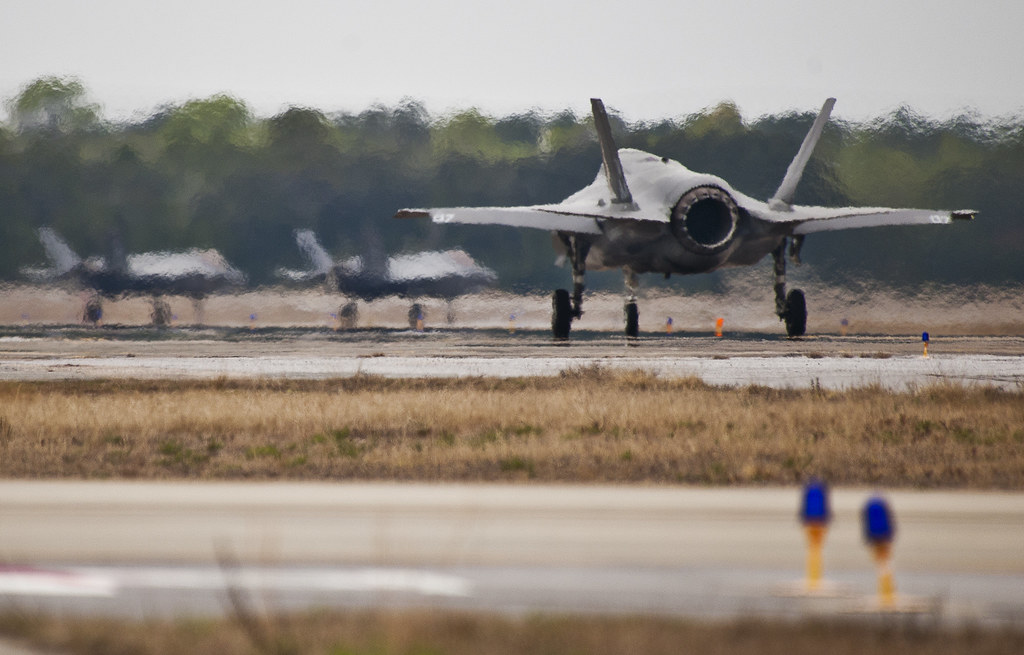
Looking to the future, whether the focus will be on STOVL, STOL, or a renewed interest in VTOL remains to be seen. It’s clear that VTOL technology, for all its complexities, still ignites the imagination and drives ambitious engineering endeavors. As military aircraft continue to evolve, the quest for the perfect balance between versatility, power, and practicality will undoubtedly continue to challenge and inspire.
